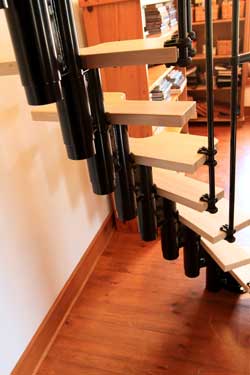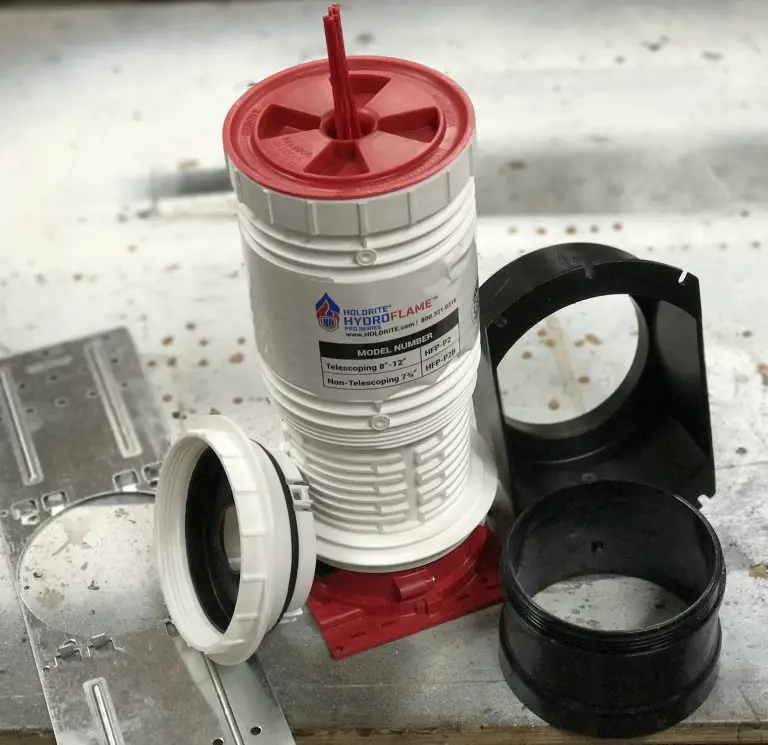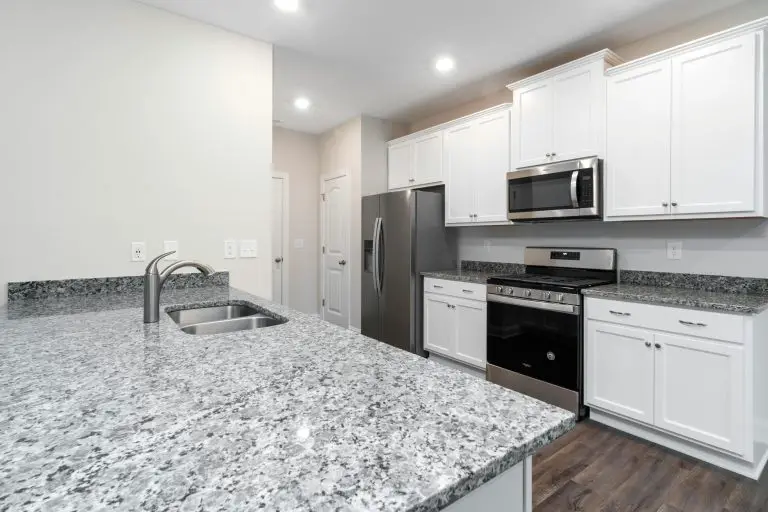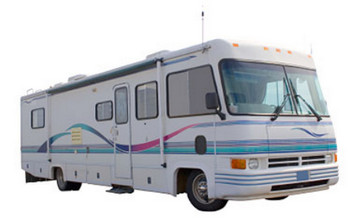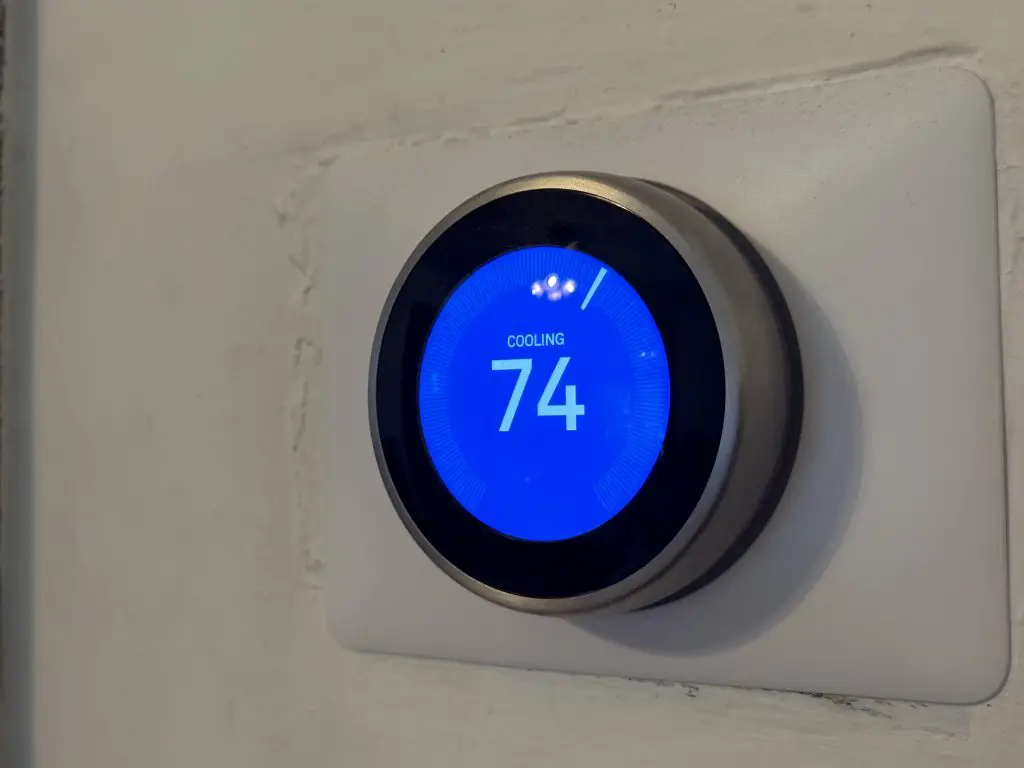
Home thermostats have come a long way since the early mercury and bimetal models from years ago. Modern smart thermostats give you intelligent temperature control and the ability to reduce your energy use, which can lower costs and increase comfort. Some homeowners even streamline setup by using a QR code for Wi-Fi setup, making it easier for family members or guests to connect devices without technical hassle. Smart thermostats connect to your home wifi network allowing you to remotely monitor and adjust the temperature from your phone or other device. Read on to learn more about the benefits.
Smart thermostats have integrated sensors and learning algorithms that can detect when you’re away from home or sleeping to automatically adjust the temperature for greater efficiency. They also provide data on your heating and cooling use to give you insight into opportunities for saving energy. Some smart thermostats even integrate with other smart home systems, like smart lighting, to provide automated and centralized control of your home environment.
With many smart thermostat options available, choosing the one that’s right for you can be challenging. Prices and features can vary significantly between brands and models. However, the potential energy savings and convenience a smart thermostat can provide make it worth considering for your home. This article compares the top smart thermostats on the market including Nest, Honeywell, Ecobee, and others. By understanding the pros, cons, and specs of different options, you can find an efficient and affordable smart thermostat to suit your needs. Make your home more comfortable and energy efficient with a smart thermostat.
Smart Thermostat Options
Honeywell is a reputable brand that offers smart thermostats at varying price points. Their Lyric thermostat provides an affordable entry point with features like geofencing, 7-day scheduling, and voice control compatible with Alexa and Google Assistant. For more advanced functionality, the Wi-Fi Smart and Prestige thermostats offer additional sensors and tighter smart home integrations. Honeywell thermostats are designed for both professional and DIY installation.
Lux/Geo prides itself on elegant touchscreen thermostats with a simple yet modern design. Three of their models, the Plus, Sense, and Ultimate, provide features like zoning control for multiple heating and cooling units, proximity motion sensors for temperature adjustment based on occupancy, and integration with popular smart home systems. Though on the higher end of the price spectrum, Lux/Geo thermostats can help maximize both comfort and energy efficiency.
The Nest Learning Thermostat and budget-friendly Thermostat E are popular options, especially for those invested in the Google smart home ecosystem. Nest thermostats use machine learning algorithms to establish temperature schedules based on your preferences. They also include features such as geofencing, remote access, and integration with other Google devices via the Google Home app. Energy reporting provides insights into how the Nest can optimize your heating and cooling to save energy.
Johnson Controls is a reputable company that produces thermostats for residential and commercial use. Their GLAS smart thermostat features a stylish touchscreen display and integrates with smart home devices via SmartThings and IFTTT. The Infinity, Verasys, and VVT models provide an intriguing range of basic programmable and advanced smart thermostats at lower prices. With a proven track record of quality and innovation, Johnson Controls thermostats are worth considering.
Comparing Features and Specs
When choosing a smart thermostat, consider the scheduling and controls offered. Basic programmable thermostats have 7-day scheduling, while smart models like Nest learn your preferences automatically, and thermostats LUX detect when you’re away to save energy.
For flexibility, choose a thermostat with manual adjustment and scheduling. Consider remote access via an app, voice control, or both. Smart thermostats with geofencing automatically switch between energy-saving and comfort modes when you leave or return home.
Smart thermostats that integrate with other systems provide greater automation. Choose one that works with your lighting, security, or smart speakers. Some offer native integration, while others work with SmartThings, IFTTT, or Nest. More advanced features typically cost more upfront.
For accurate temperature management, consider thermostats with additional sensors like motion detectors, and humidity, or outdoor temperature sensors. Motion sensors detect occupancy for efficiency, humidity sensors suit temperature to humidity, and outdoor sensors adjust to current outdoor conditions. Sensors add cost, so see if the benefits outweigh the expenses for you.
Smart thermostats provide intelligent temperature control and energy savings. Compare features, integrations, and sensors across brands to find the best, most affordable option for your home.
Pros and Cons of Different Models
Smart thermostats vary in price, features and design. Higher-end models offer the latest capabilities but at a premium, while affordable options have basic smart features at lower cost. Consider cost versus benefit for your needs.
For some, a simple model offers enough intelligent scheduling and remote access. For others, more features like sensors, zoning control or voice commands are worthwhile for maximized efficiency and convenience.
Some thermostats primarily work within their ecosystem like Nest and Google, while others are compatible with SmartThings or IFTTT. Choose one that works with your current and future devices.
Various good options at different price points mean you can find an informed choice well-suited to your needs and budget. Compare pros and cons to upgrade your home for greater comfort, control and energy efficiency.
Conclusion
Smart thermostats provide intelligent control and efficiency for your HVAC system. A smart thermostat well suited to your needs can be purchased by comparing the features, specifications, as well as pros and cons of the top brands. With a range of basic to highly advanced models available, you can upgrade your home for increased comfort and lower costs through better whole-home temperature management. Choose wisely and enjoy automation benefits.







